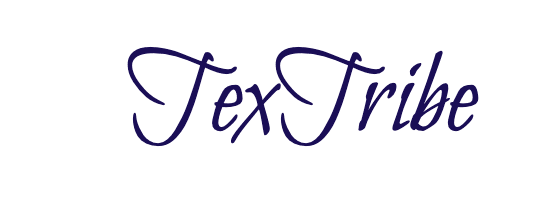The word “monkey” is not only a term that brings to mind images of playful, intelligent creatures swinging through the trees but also serves as a subject of linguistic curiosity when we consider its plural form. Monkeys, as a significant part of both ecosystems and cultures worldwide, offer an intriguing study in language and biology alike. This article delves into the plural form of “monkey,” exploring its usage, common mistakes, and the nuances that come with its application in the English language.
The Singular and Plural of Monkey
Singular: Monkey Plural: Monkeys
The transition from singular to plural with the word “monkey” follows a straightforward rule common in English: simply add an “s” at the end. Despite this simplicity, the word opens a gateway to understanding language’s adaptability and its close relationship with the natural world.
Understanding Monkey
Definition of Monkey
A monkey is a primate of the simiiformes infraorder, not including apes. Known for their agility, intelligence, and often sociable nature, monkeys inhabit various environments, from rainforests to grasslands across the world. They play crucial roles in their ecosystems, acting as seed dispersers and contributing to the balance of their habitats.
Usage of Monkey
The term “monkey” encompasses a wide range of species, each with unique behaviors and adaptations. It’s used both in scientific contexts when referring to specific types within the primate group and in everyday language, often symbolizing mischief and playful curiosity.
Use of Monkey in Sentences
- A troop of monkeys chattered away in the treetops, alerting the forest to the presence of an intruder.
- She found herself mesmerized by the monkeys’ intricate social dynamics and how they communicated with each other.
- Monkeys are known for their problem-solving abilities, which they often use to access food or navigate their environment.
- Conservation efforts are crucial for protecting the habitat of many monkey species, ensuring their survival amid deforestation.
- The documentary highlighted the impact of urban expansion on monkeys, focusing on their adaptability and conflicts with humans.
Common Mistakes and Confusions
- Confusing “monkeys” with “apes”: Though both are primates, apes (such as gorillas and chimpanzees) are distinct from monkeys and do not have tails.
- Misuse in singular/plural: Remember, the plural form adds only an “s,” avoiding common mistakes like “monkies.
- Generalization: Not all primates are monkeys; thus, using the term too broadly can lead to inaccuracies.
Commonly Asked Questions
- Is “monkeys” the correct plural form for all contexts?
- Yes, “monkeys” is universally accepted in both formal and informal contexts.
- Can “monkey” refer to a specific species?
- While “monkey” can refer broadly to any member of the simiiformes infraorder, it is often used more specifically in conjunction with adjectives or qualifiers (e.g., “capuchin monkey”).
- How do you differentiate between monkeys and apes in conversation?
- One key difference is that monkeys usually have tails, while apes do not. This distinction is often the easiest way to differentiate in casual conversation.
- Are there any exceptions to using “monkeys” as the plural form?
- No, there are no exceptions; “monkeys” is always the correct plural form.
- How has the image of monkeys in popular culture affected their plural usage?
- Popular culture often anthropomorphizes monkeys, highlighting their playful and mischievous characteristics. This has not changed the plural usage but has reinforced the frequent use of the term in various contexts.
Conclusion
Understanding the plural form of “monkey” and its correct usage is more than a linguistic exercise; it’s a reflection of our relationship with the natural world. Monkeys, with their diverse species and complex behaviors, continue to fascinate and challenge our perceptions, serving as a reminder of the richness of biodiversity. Correctly using “monkeys” in plural form respects this diversity and enhances our discourse about these remarkable primates.

